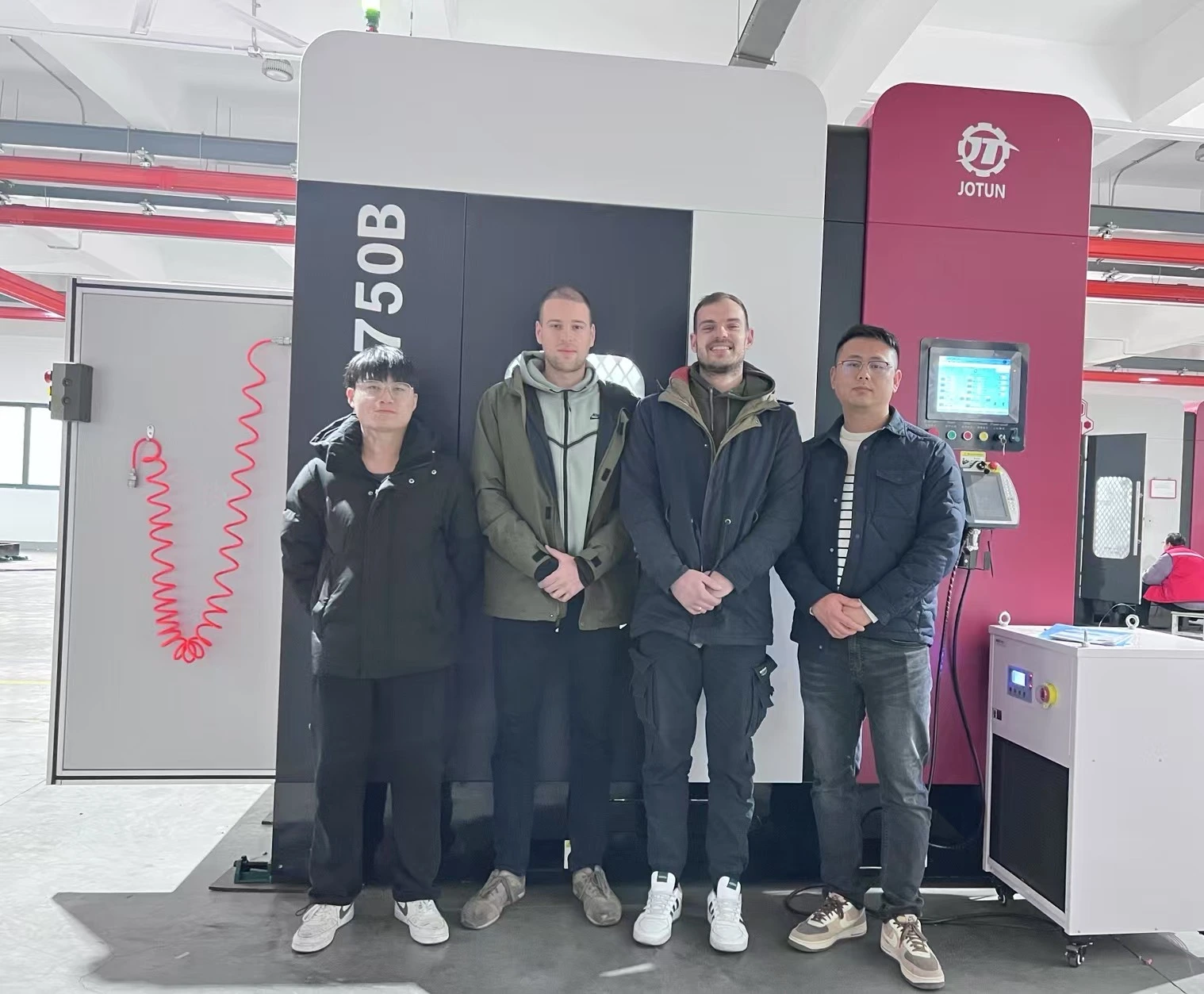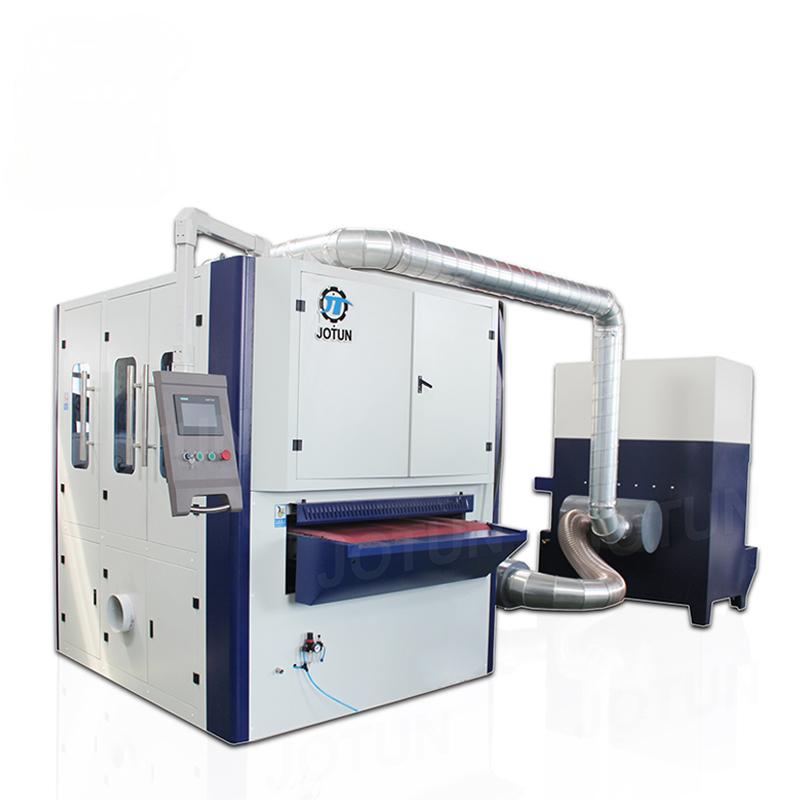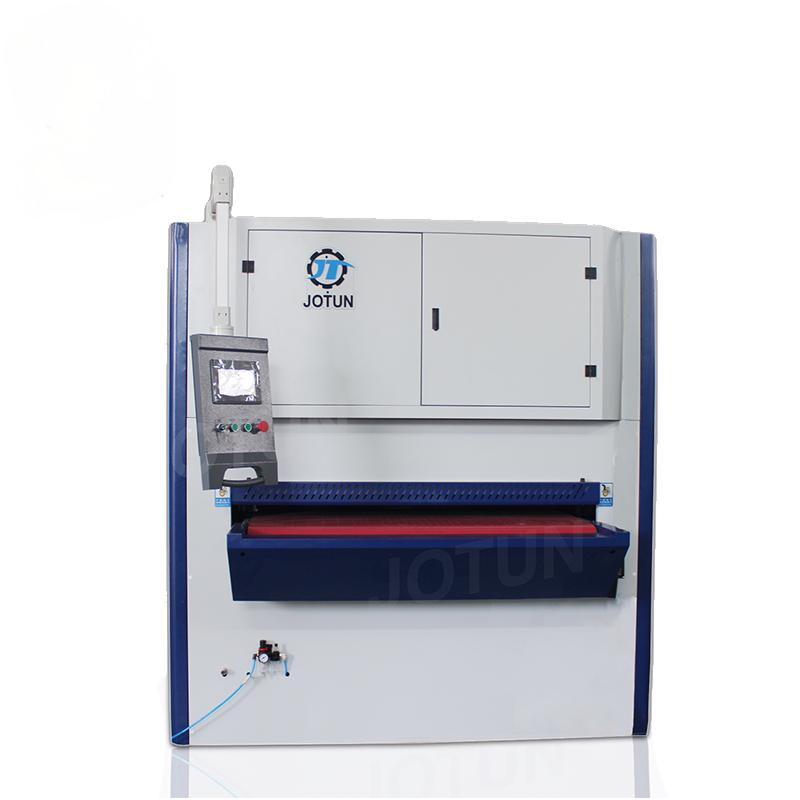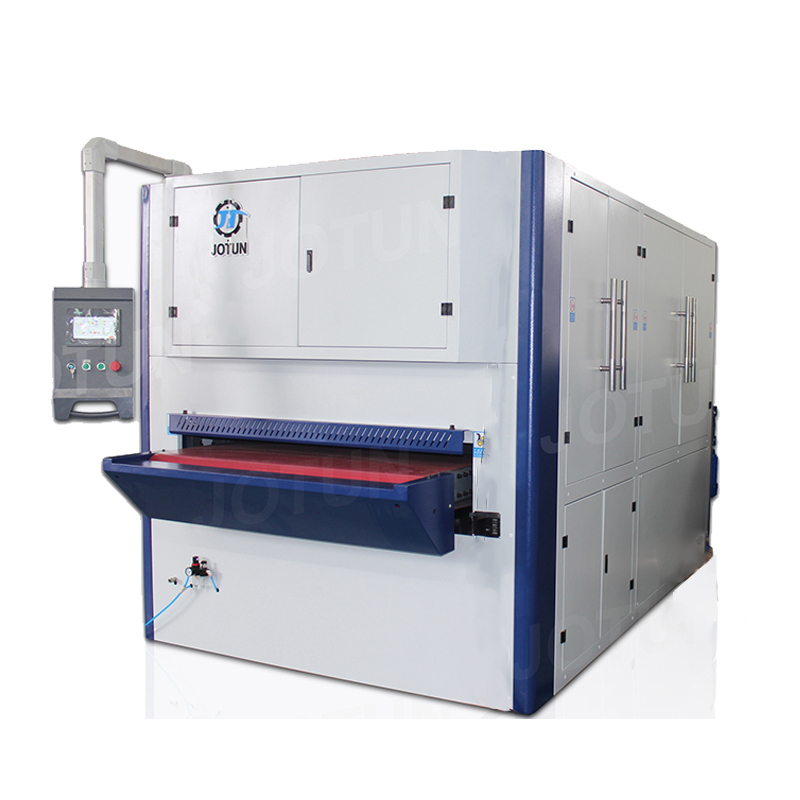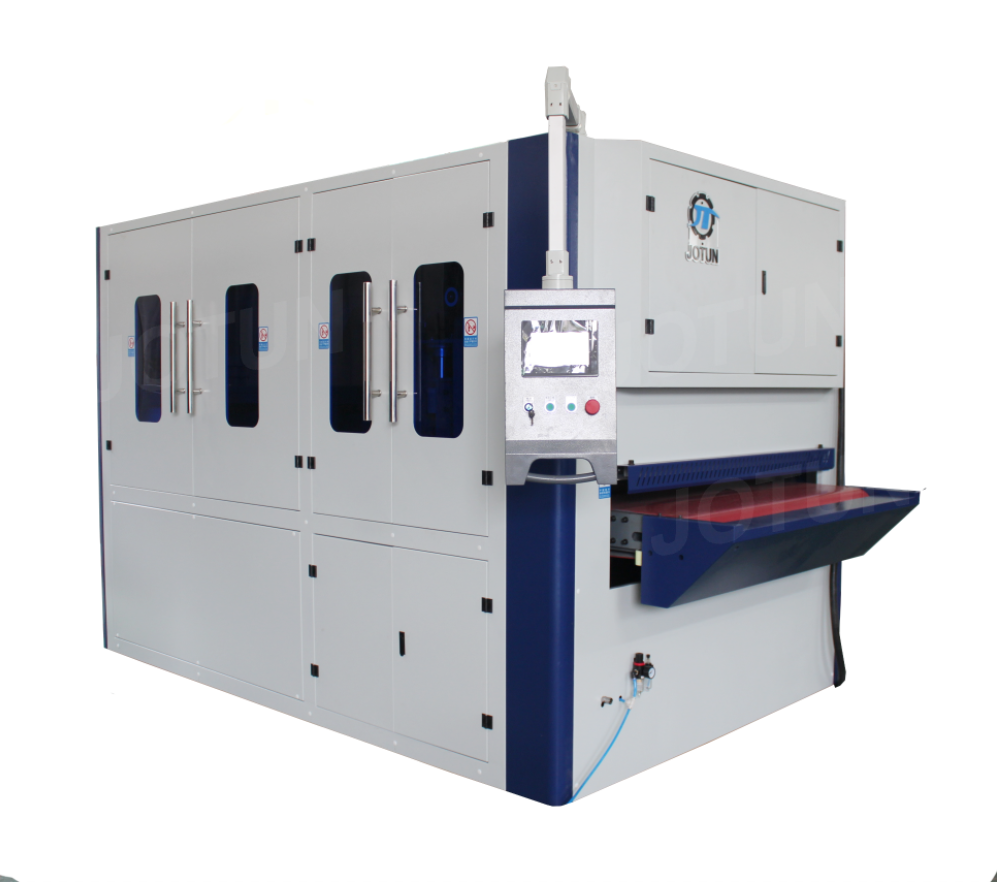When it comes to manufacturing, precision and quality are of utmost importance. The finishing of the products plays a key role in ensuring that the products are of high quality and meet industry standards. That’s where edge rounding and edge deburring machines come into play. While the two terms may seem similar, they refer to different processes. In this blog, we’ll explore the differences between edge rounding machines and edge deburring machines and their applications.
Edge Rounding Machines
Edge rounding machines are used to round the edges of plates, sheets, and profiles. They remove the sharpness and rough edges formed during the manufacturing process, ensuring a smoother and rounded edge finish. The process of edge rounding involves using tools and abrasives to gently remove the sharp edges of the material.
Edge rounding machines can be either dry or wet. In dry systems, the machine uses dry abrasives and a vacuum system to remove any dust and debris. Wet edge rounding machines, on the other hand, use coolants and abrasives to remove the sharpness and heat generated by the process.
One of the advantages of edge rounding machines is that they can achieve consistent and uniform edge rounding on a variety of materials, including metals, plastics, and composites. This is especially important in industries such as sheet metal fabrication, automotive manufacturing, aerospace, and general metalworking processes.
In sheet metal fabrication, for example, edge rounding machines are used to remove sharp burrs and rough edges created during cutting, shearing, or bending processes. The rounded edges not only improve the overall aesthetic appeal of the product but also provide protection against accidental cuts and injuries during handling.
In the automotive industry, edge rounding machines are used to round off the edges of various components, such as interior trims, brackets, and stamped parts. This ensures that the parts are safe to handle and minimizes the risk of injury during assembly or maintenance.
The aerospace and aviation industries also benefit from edge rounding machines as they allow for consistent edge rounding on critical components, such as turbine blades, fuel tanks, and structural components. The rounded edges improve the structural integrity of the parts and reduce stress concentrations, thereby enhancing their overall performance.
Edge Deburring Machines
Edge deburring machines, on the other hand, are primarily used to remove burrs and sharp edges that form during the manufacturing process. Burrs are sharp, thin pieces of metal that form when the material is cut, drilled, or otherwise shaped. These burrs can be a safety hazard and can also affect the quality of the finished product.
Edge deburring machines work by using tools or abrasives to remove the burrs and sharp edges, leaving a smooth and consistent finish. They can remove burrs from a variety of materials, including plastic, metal, and composite materials.
The precision engineering industry heavily relies on edge deburring machines to remove burrs and sharp edges from intricate and delicate components. These components are often used in critical applications such as medical equipment, electronic devices, and precision instruments. The removal of burrs ensures that these components fit together seamlessly and function at their optimum capacity.
The aerospace and aviation industries are also major users of edge deburring machines. These industries require high-quality components that are free from burrs and sharp edges, especially in applications where safety and reliability are paramount. Edge deburring machines ensure that components such as turbine blades, engine parts, and landing gear components are free from imperfections that could potentially compromise their performance.
The automotive industry relies on edge deburring machines for various applications, including the removal of burrs from precision-machined engine components, transmission parts, and stamped sheet metal parts. By eliminating burrs, these components fit together precisely and function smoothly, contributing to the overall efficiency and reliability of the vehicles.
In the electronics and semiconductor industry, where even the tiniest imperfections can result in component failure, edge deburring machines play a critical role. These machines remove burrs and sharp edges from delicate electronic components with precision and accuracy, ensuring optimal performance and reliability.
Key Differences Between Edge Rounding and Edge Deburring
While edge rounding and edge deburring machines both aim to achieve a smooth and finished edge, there are some key differences between the two processes. The main differences are:
– Edge rounding is used to create rounded edges, while edge deburring is used to remove burrs and sharp edges.
– Edge rounding machines are often used on thicker materials, while edge deburring machines can handle a wide range of material thicknesses.
– Edge rounding machines may use coolants or lubricants to reduce heat and friction, while edge deburring machines almost always use coolants to achieve the desired finish and prolong the life of the machine.
– Edge rounding typically involves removing a small amount of material to achieve a rounded edge, while edge deburring focuses on removing the burrs without affecting the overall shape or dimensions of the component.
In conclusion, edge rounding and edge deburring machines are crucial in ensuring precision and quality in manufacturing processes. While edge rounding creates smooth and rounded edges, edge deburring removes sharp edges and burrs. By understanding the differences between these two types of machines, manufacturers can choose the right equipment for their specific application and achieve high-quality and finished products. Whether it’s sheet metal fabrication, automotive manufacturing, aerospace, or precision engineering, selecting the appropriate machine will significantly contribute to the overall quality of the final product.



